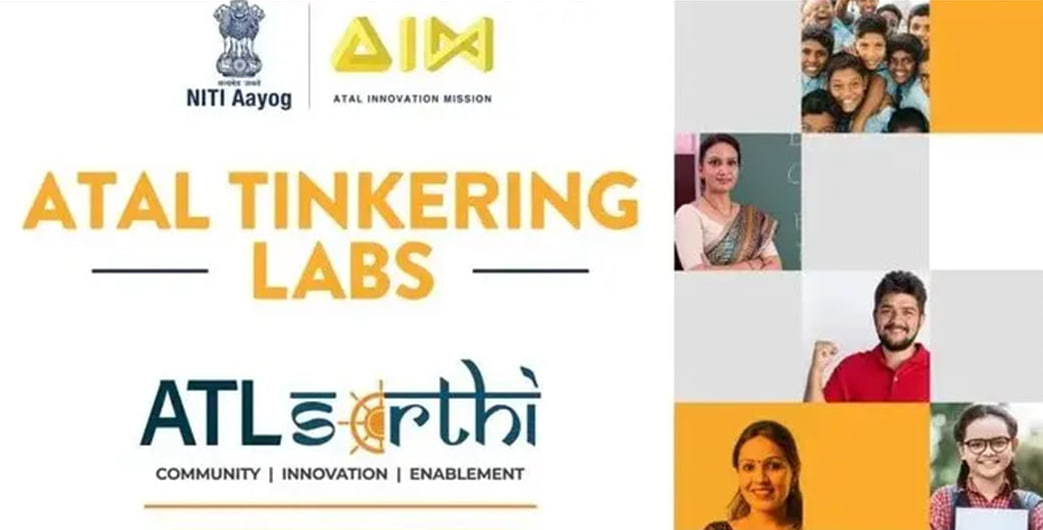Free Courses Sale ends Soon, Get It Now


Free Courses Sale ends Soon, Get It Now



Copyright infringement not intended
Context: A comprehensive self-monitoring framework ‘ATL Sarthi’ was introduced by the NITI Aayog's Atal Innovation Mission (AIM) to support the Atal Tinkering Labs (ATL).
About ATL Sarthi
The initiative is based on 4 pillars to ensure the performance enhancement of ATLs;
Atal Innovation Mission (AIM)
Atal Innovation Mission: Initiatives
NITI Aayog
|
PRACTICE QUESTION Q. Consider the following Statement; 1. The Atal Innovation Mission was launched by the Ministry of Skill Development and Entrepreneurship to promote innovation and entrepreneurship across the country. 2. NITI Aayog has the mandate to impose Policies on States. Which of the following Statement is/are correct? (A) 1 only (B) 2 only (C) Both 1 and 2 (D) Neither 1 nor 2 Answer: D Explanation: Statement 1 is incorrect: The Atal Innovation Mission was initiated by the NITI Aayog in 2016 to promote innovation and entrepreneurship across the country. Statement 2 is incorrect: NITI Aayog has not been given the mandate or Powers to impose Policies on States. |
https://pib.gov.in/PressReleaseIframePage.aspx?PRID=1906846
© 2024 iasgyan. All right reserved